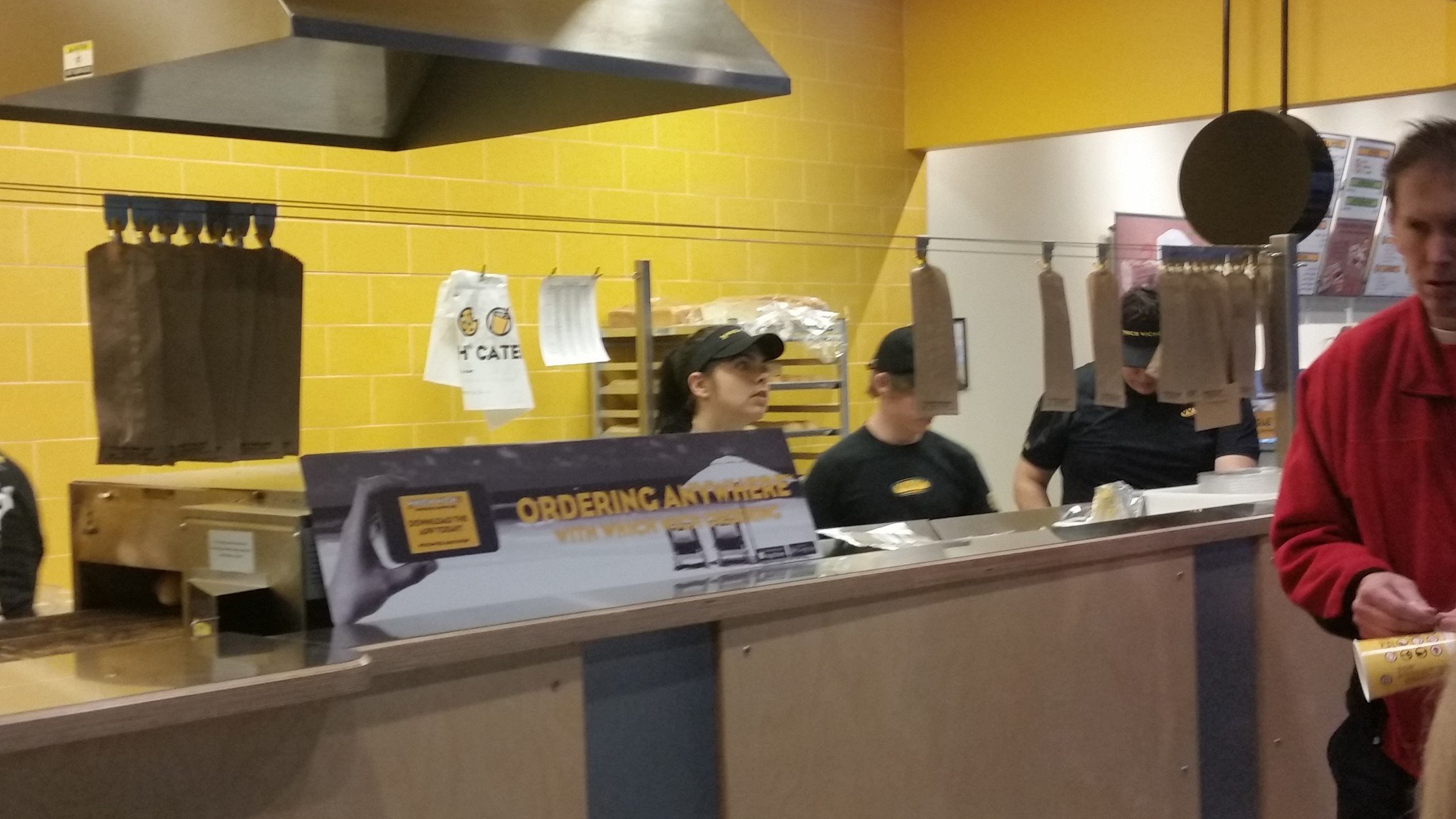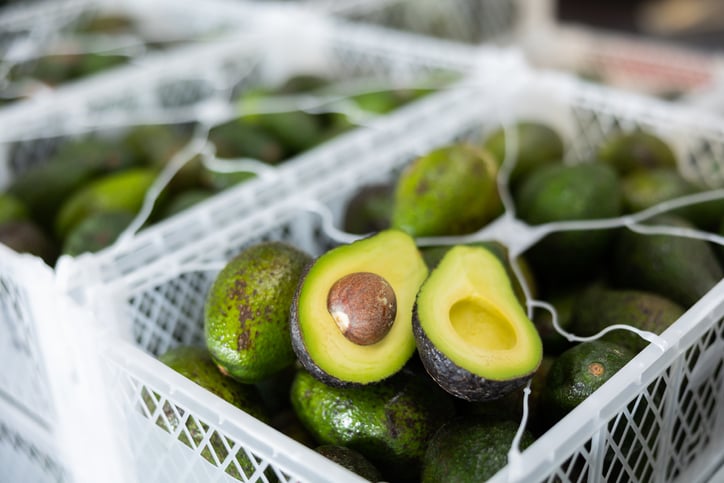I posted this picture on LinkedIn recently as I was waiting for a sandwich. I asked who saw the bottlenecks in the process. One former colleague suggested I do a weekly blog on bottlenecks I see in everyday processes. Another colleague texted me and told me I was a nerd. My wife would probably concur with the second colleague, but for now I am going to ignore them. Now, whether I do this weekly is still an unknown but for now, I will start with this one post.
I was in Denver this past weekend and stopped by a national sandwich shop franchise location. The line only had 2 or 3 people ahead of me making their selections on the sandwich bag, taking it to the cashier and then paying. I thought I was in luck as I was trying to get something fast for my daughter and then meet my wife out for dinner. After I paid, I grabbed a drink and then sat down to wait on my order. After about 5 minutes, I realized that my sandwich was way back in the queue to be made and that most people in the shop were not eating but actually waiting. I then looked at all of the sandwich bags hanging on the "clothes line" and snapped this picture.
Let me explain the process as I think I saw it. A customer walks in, makes selection on the type of bread, meats, cheeses, other toppings, etc. and marks it on a brown paper bag. The customer then hands the sandwich bag to the cashier, the cashier rings in the selection and then the customer pays for the order. The cashier then clips the bag on the line where the order is worked in an assembly line fashion on a first-in-first-out basis. The first worker chooses the type of bread and cuts it to the appropriate size. The next person puts the meats, cheeses, etc. Next the sandwich is placed in the oven. Finally, any other condiments are added to the sandwich, and the last person wraps the sandwich and places it in the brown paper bag and calls out your name. Including the cashier, I counted 5 people in the process.
It is an "efficient" and "lean" process with very little wasted movement. HOWEVER, as a customer I don't care about efficiency, I care about how fast I can get my sandwich (responsiveness) and that the order is correct and delivered in an acceptable amount of time (reliability - they did forgot to put bacon on the sandwich!). I am going to assume that waiting this long for a hot sandwich is a normal occurrence at this location because it is a heavy traffic area. I am also going to assume that a high level of customer service is part of this company's strategy so they get returning customers.
In this picture you can clearly see bottlenecks by identifying where the "work in process" is in the line. The first bottleneck is the guy cutting the bread. The second bottleneck is the oven. Obviously, the person making the sandwich has more capacity than the oven because she is producing more sandwiches than the oven can warm up.
Now, this blog post is not about building a business case for a bigger or faster oven or redesigning this company's sandwich making process entirely so that the cycle time is reduced for the customer. But the point is that bottlenecks are easy to spot and they can affect your ability to deliver to your customers' expectations. Identify them, work to remove them and repeat the process. Your customers will appreciate it.





